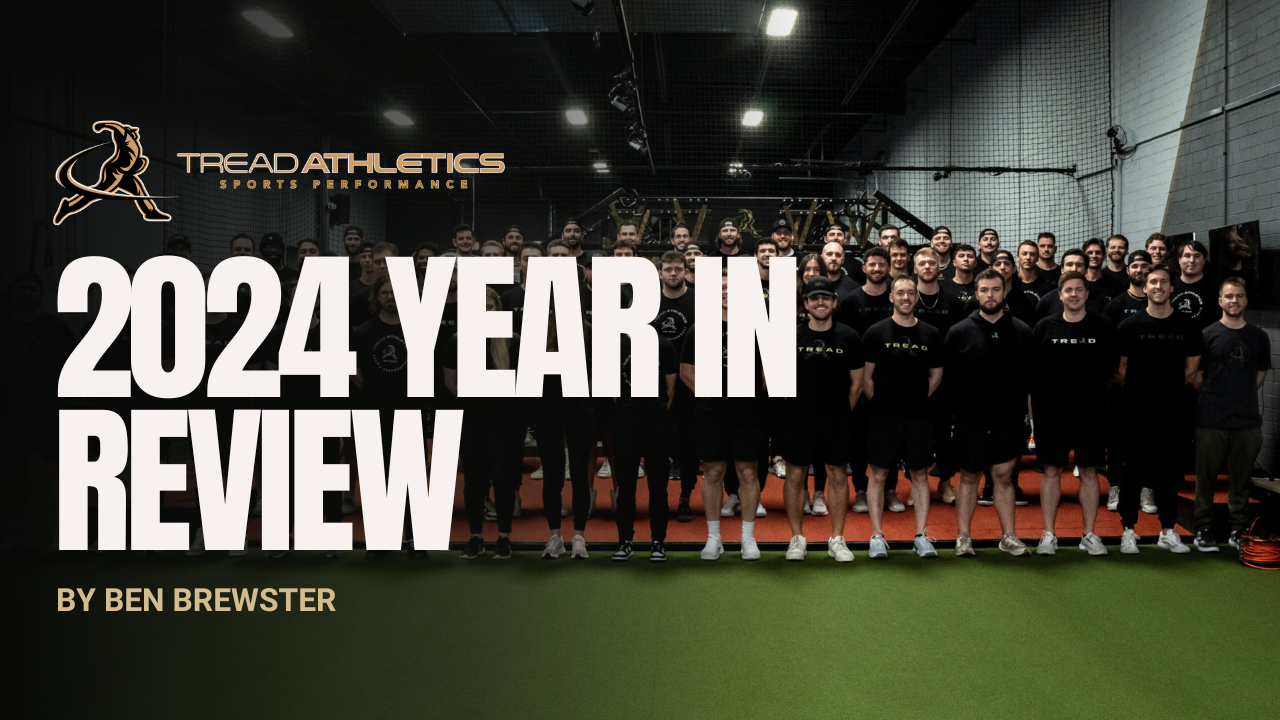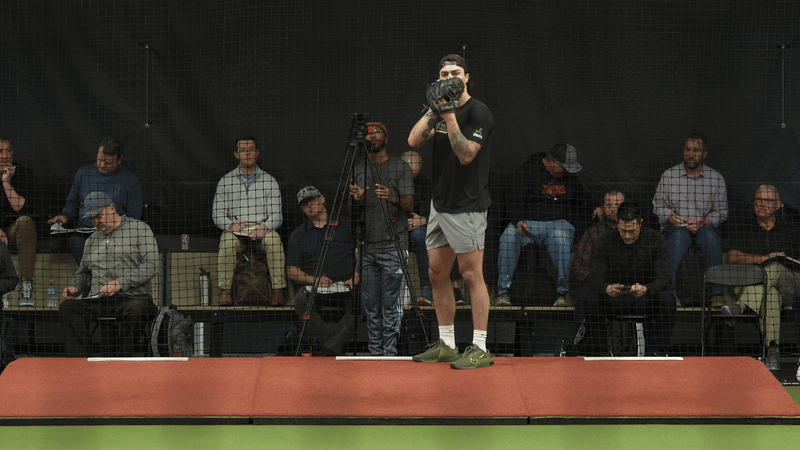You don’t know me, but I know you.
You’d give anything to play alongside the superheros you see on TV. To channel that combination of power and precision into a baseball.
To make it do ungodly things from 60 feet, 6 inches.
If they can do it, why not me? You ask yourself.
Don’t lose that naïveté, as it’s going to keep you moving forward even with the odds stacked against you.
You don’t know how you will get there – just that you’re willing to pay the price, whatever it ends up being. You aren’t afraid of the work either – far from it. But what you need isn’t more motivation, it’s a game plan.
I’m here to help you learn from my mistakes, so you can spend a little bit more time on the mound blowing fastballs by hitters and a little less time in the training room, on the operating table and on the sidelines.
You aren’t wrong about your potential, but potential without a plan is meaningless.
So let me share some fundamental ideas that may guide you more clearly through this path that you’ve chosen.
1. Not everyone throwing 90+ is a freak
You’ve never been around hard throwers, your fastball scrapes low 70’s, and your high school can’t name the last player who went on to pitch in college – but the first trap you must avoid is setting subconscious boundaries for yourself.
As your abilities begin to grow, you’ll fight the urge to question what effect your genetics may be having on your goals.
You’ll question what’s possible, and if it’s worth pouring yourself into a goal that may sometimes seem out of reach – especially when the “experts” make it seem as though the only way is to be a physical specimen with perfect mechanics – two things that you’ve never been or had.
You’ve got limits – but it isn’t yours or anyone else’s job to decide what those limits are – it’s your job to uncover them.
When you get to college and you’re surrounded by talented pitchers (many of them ironically weaker and less athletic), you will come to realize that most of them aren’t the freaks that you imagined they would be, just that they’ve learned to coordinate their bodies more efficiently than you.
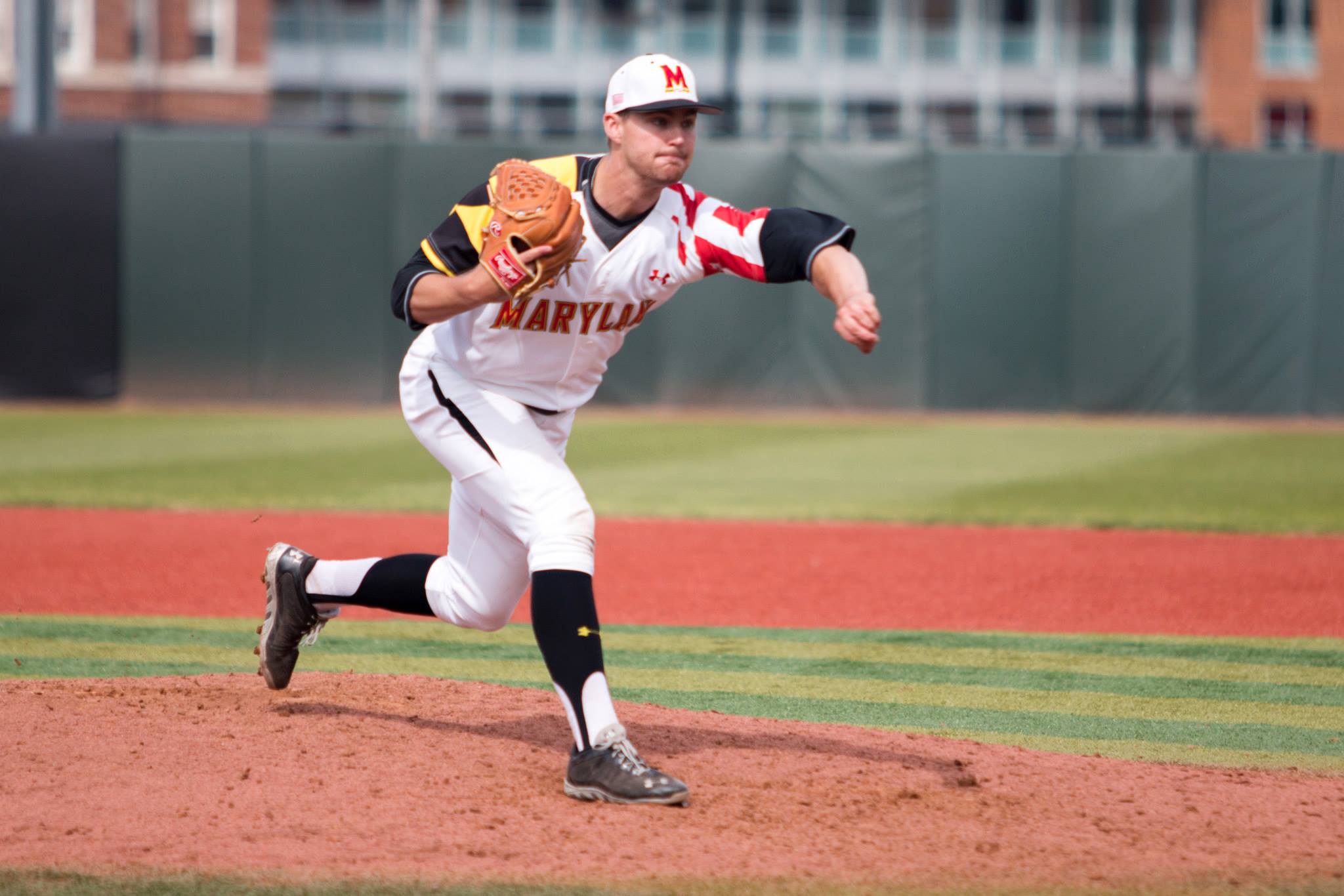
We’ll talk about how to fix your mechanics at a different time, but for now, wipe that doubt away and take these hard throwers off the pedestal that you’ve put them on. If you want to be in their shoes, you have to study how they got there – not idolize them or write them all off as “freaks.”
It will be hard to believe, but the irony is that one day people will call you a “freak” – when you know that is far from the truth.
Don’t justify your current lack of ability by elevating those above you – it’s a waste of time and energy.
2. Be specific about what you are trying to improve…then measure it
“If you don’t know where you’re going, any road will take you there.” – Lewis Carroll
You may feel like you’ve got nothing but time – but the truth is that every day counts.
Every day the clock is ticking on your career.
You think that freestyling your training and throwing routines will work – and the truth is that it will – to a point.
But are you getting where you need to go at the optimal rate?
If you aren’t specific about what metrics you’re looking to improve, and don’t continuously monitor them, you will continue making subpar progress at best.
You want to gain weight? Measure it every day.
You want to add velocity? Do you even own a radar gun?
You want to increase your squat by 50 lbs…are you tracking your progress with a specific plan?
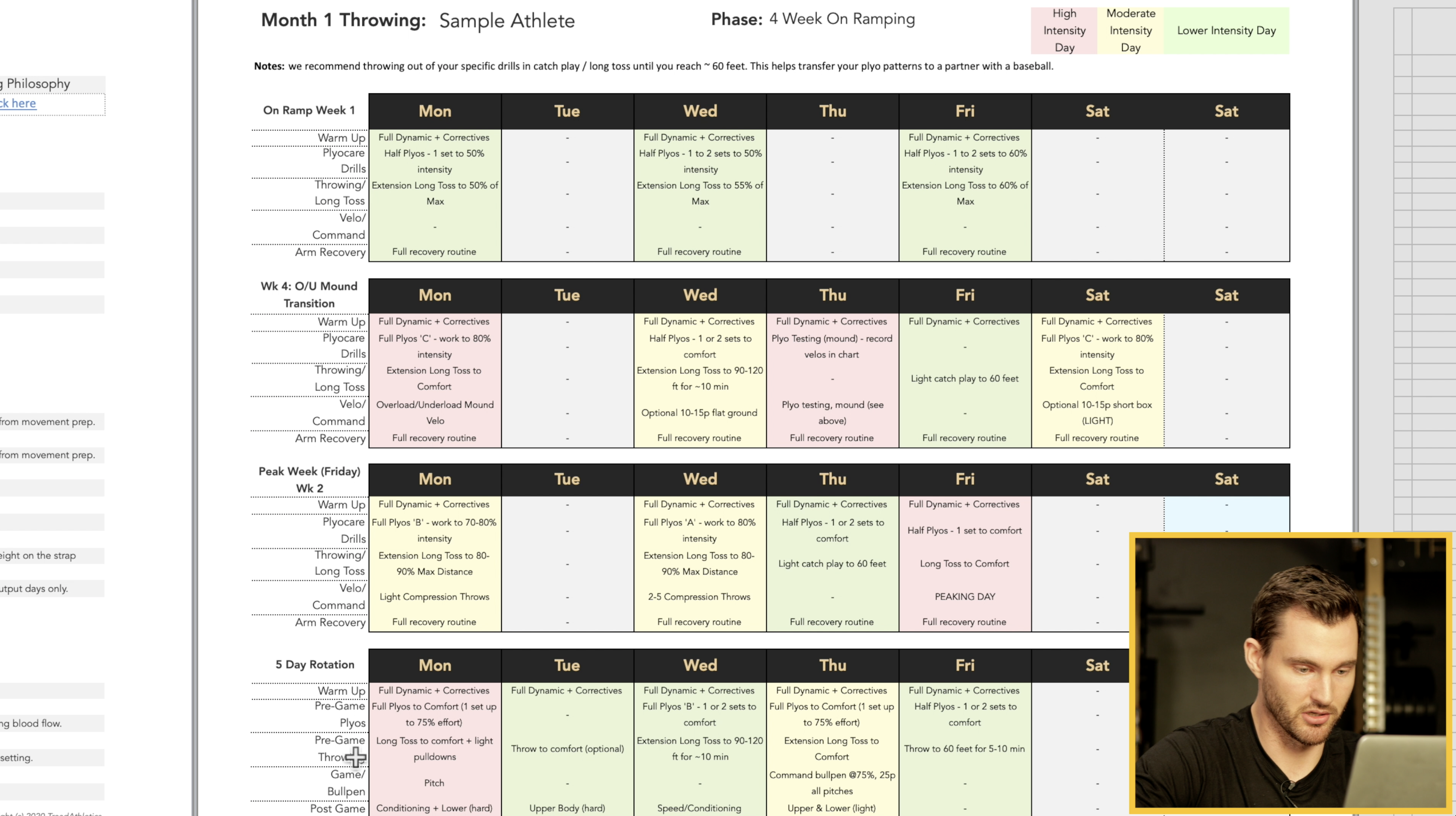
It seems obvious, but you’ll come to realize that your biggest plateaus continue to be getting away from being intensely specific about your short-term goals, establishing which metrics will get you there, and then measuring your progress with ruthless consistency along the way.
3. Get a coach / mentor
You aren’t going to want to hear this, but you will waste roughly 3 of the next 4 years because you think you can do it on your own.
And the truth is that you probably can, but the baseball world isn’t going to wait around for a decade for you to finally stumble on the right answers.
What you are failing to account for by trying to learn and do everything on your own is the value of time and efficiency in the pursuit of your goals.
The value of a good mentor or coach isn’t necessarily in having the quick-fix answer on day one, but in providing guidance on what mistakes not to make.
Lifting 7 days per week? Maybe don’t do that experiment.
Yanking your elbows back to scap load? Yeah, that’s not going to work.
Jumping off the rubber? Let’s not go down that rabbit hole.
Forcing hip rotation because of what one “guru” says? Let me save you that future back injury.
Momentum pitching? Marshall mechanics? I could go on.
You’ll make hundreds of mistakes over your career – each one costing you time, either through injuries or lack of progress, and you’ll look back wishing someone had already learned these lessons ahead of time so you don’t have to.
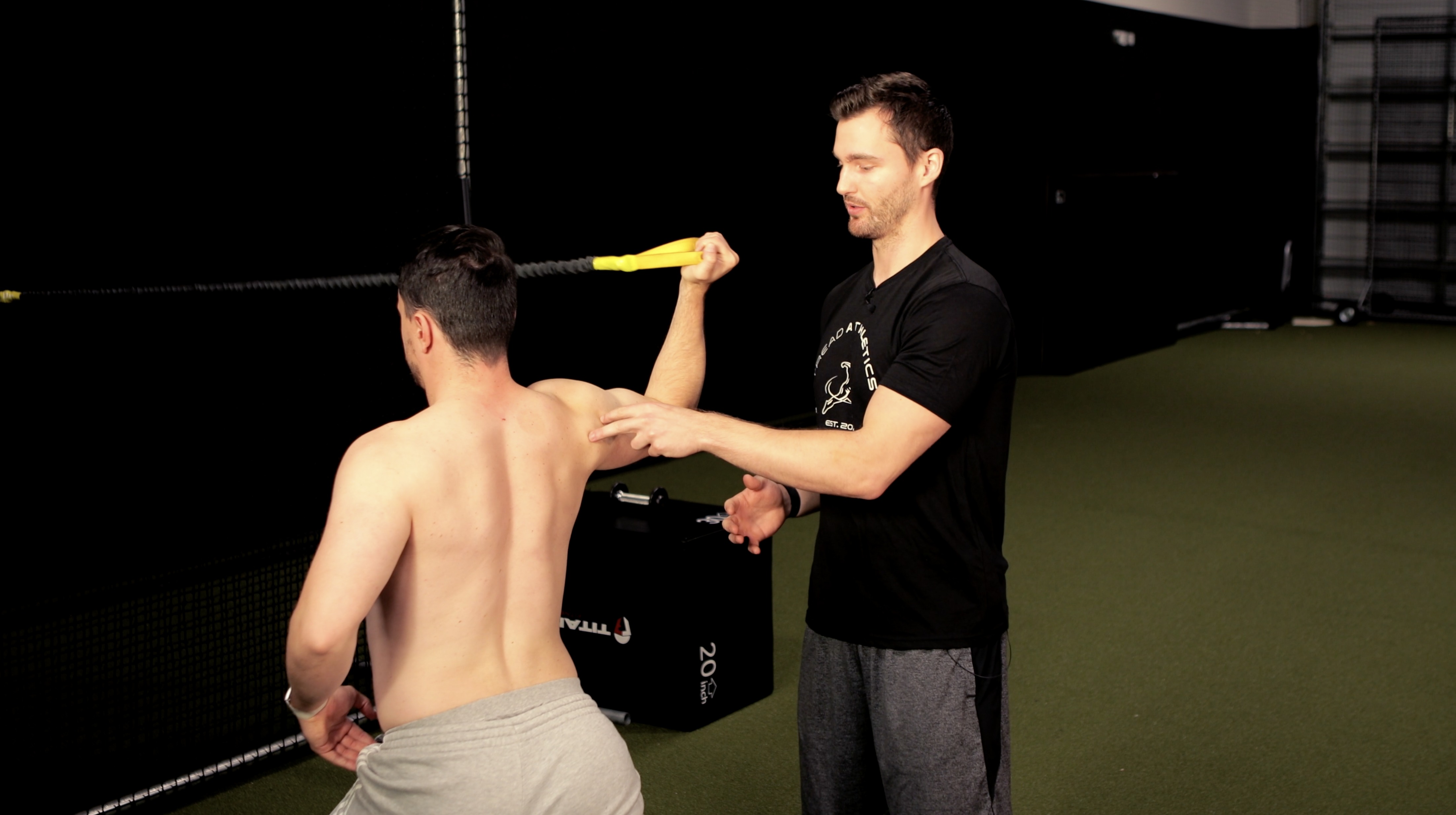
I’m not asking you to blindly follow a single individual – just to do whatever it takes to get some guidance from those who have done what you’re trying to do.
While they won’t always have the clear answer, mentors serve as valuable guard rails to your journey by helping you understand how to avoid the big mistakes.
4. Get form, technique and mechanics right from the start
One of the reasons I mention finding a mentor is because I’ve seen the fallout from your training blunders.
But the good news is that much of it can be prevented.
Learning proper form and technique from the start isn’t just about looking good while you squat.
Yes, you’ll get stronger by butchering the free workout plan you downloaded off Bodybuilding.com, but what you fail to recognize is the price being paid for this ignorance.
Training for sport isn’t just about training muscles – any high school football coach can tell you to load up a bar and squat it.
By mastering your technique – in everything that you do, you’ll be layering this strength on top of efficient movement and biomechanics.
You will be loading healthy patterns, rather than loading unhealthy and inefficient patterns.
That lumbar rounding on your squatting may feel fine now, but when you herniate a couple discs in college, you’ll realize why chasing short term loading at the expense of technique actually takes you further away from your long term goals.
Remember – you aren’t just “training muscles,” you’re loading patterns – if those patterns are biomechanically efficient, you will make yourself more resilient to injury.
If those loaded patterns are flawed, you’ll actually be creating a much higher susceptibility to injury – both in the short and long term.
One of the main predictors of future injury is prior injury – meaning that those who begin to accumulate injuries early on are at a much higher risk for sustaining additional injuries as their bodies begin to compensate around altered and dysfunctional patterns, scar tissue, etc.
Likewise, you’ll come to recognize that the most resilient athletes are the ones who moved well from the beginning. They trained with good form and had efficient mechanical patterns from a young age.
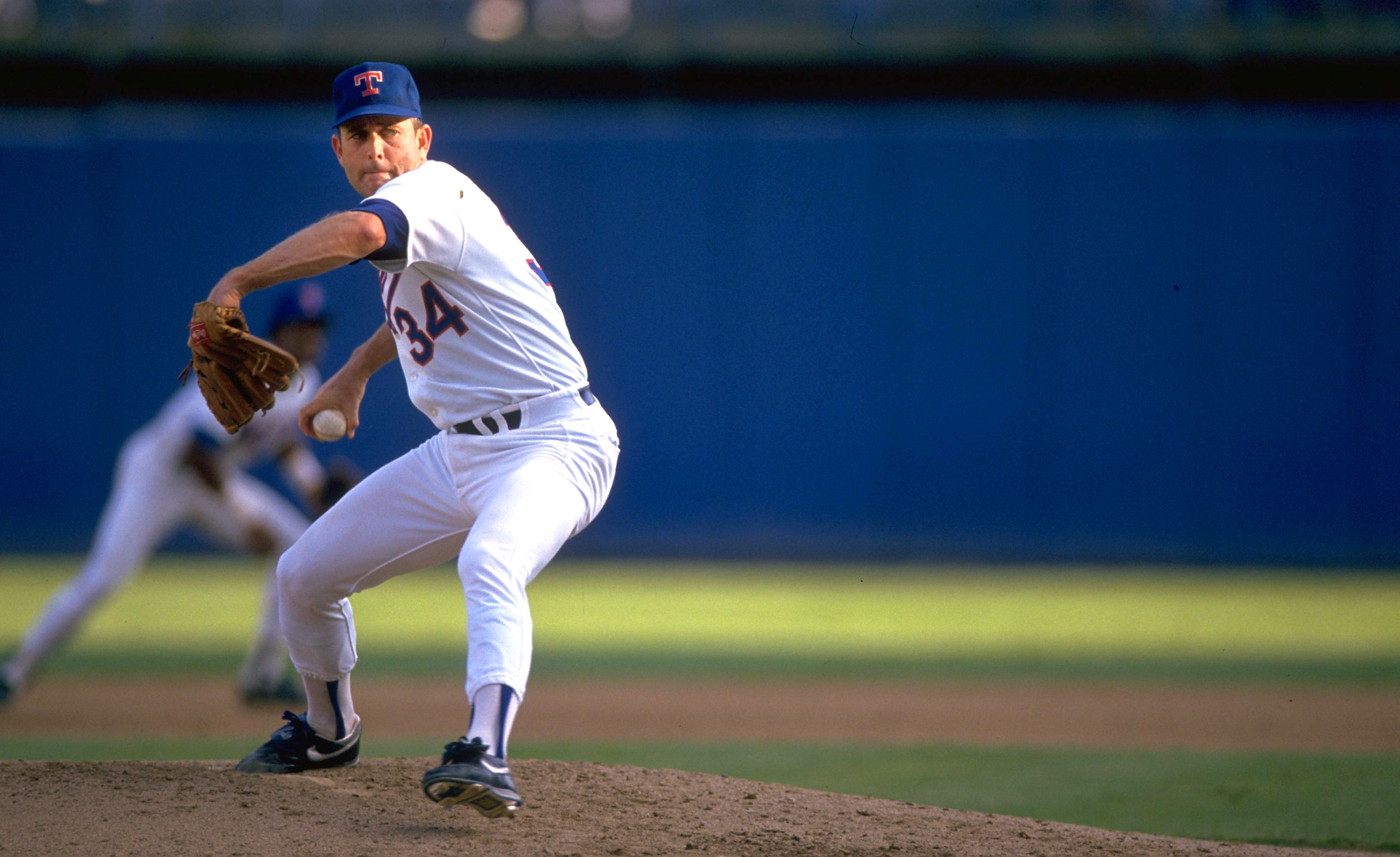
Like a car that is properly tuned, aligned and lubricated, these athletes not only achieve higher performance, but they can put more mileage on their joints in the long term before breaking down.
So cut the ego lifting and shift to a longer term outlook – you’re not doing yourself any favors.
5. Seek out experts, but question what they say
Remember when I told you to find a coach or a mentor?
Well, I want to clarify.
I don’t just mean to walk down the street to your local pitching coach and assume he has the magic pill that will turn you into the next superstar.
This is your career, and there will be lots of coaches along the way all telling you different things.
Approach their ideas with an open mind, but don’t forget to ask the why.
A good idea will stand up to scrutiny, and a good coach won’t be afraid to justify his philosophy and admit when he doesn’t know the answer.
Likewise, a bad coach will be threatened by your questioning, avoid giving you clear answers and continually remind you that he pitched in AA 20 years ago.
Staying curious but skeptical will allow you to filter out the good from the bad advice with a much higher degree of accuracy.
Once you’ve found advice worth pursuing, make sure to actually measure if it’s helping.
The best hypothesis in the world isn’t validated until the data comes in.
That adjustment to your arm action might sound like a great idea, but if you’re throwing slower it probably isn’t.
6. Don’t get caught up in the politics
At every step and turn, you’ll find yourself pulled towards the politics of baseball.
Don’t fall for it.
Politics fall under the category of uncontrollable variables, and you don’t have the time nor luxury to waste on uncontrollables.
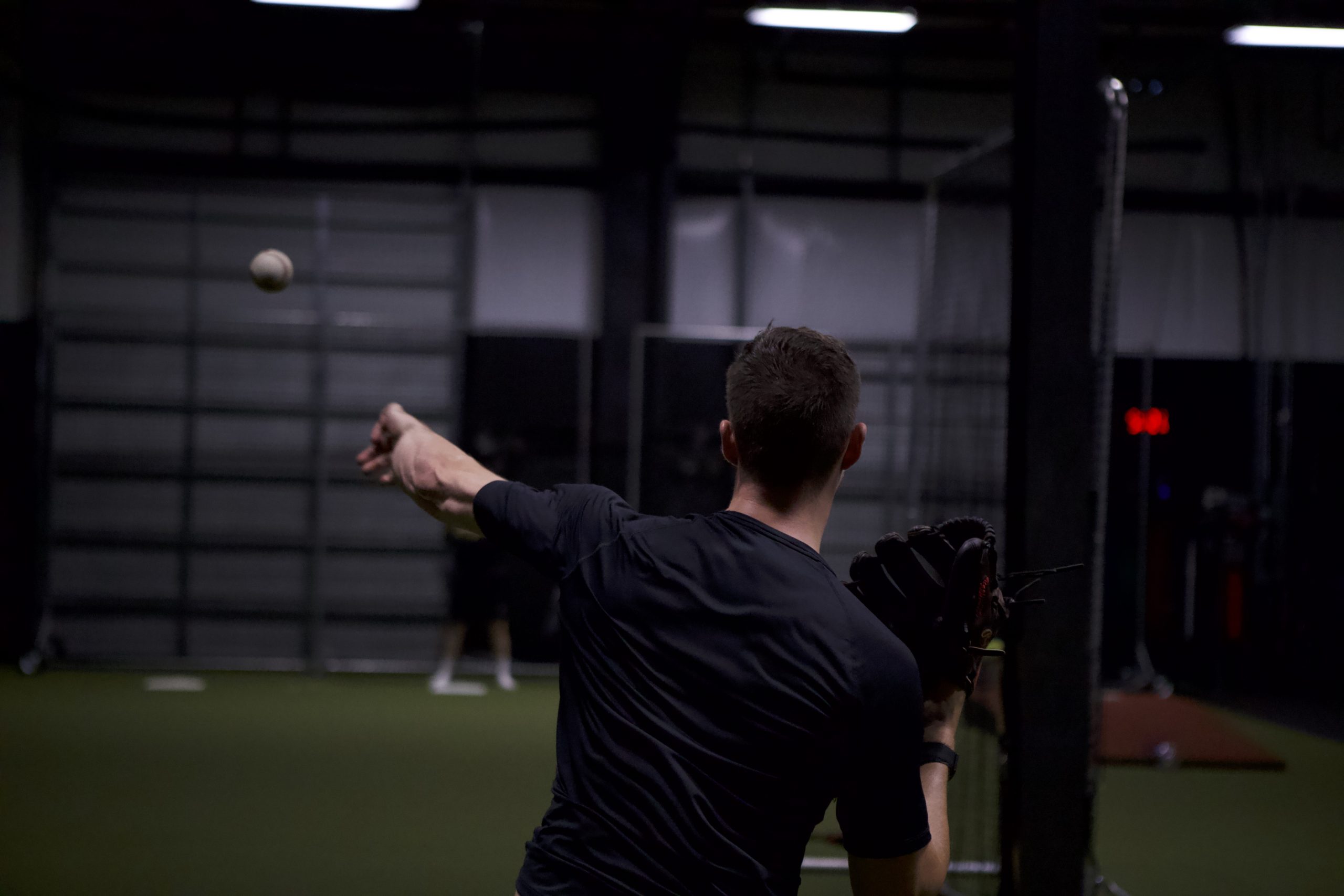
Worrying about playing time, coaches’ favorites, scholarships, scouts, etc. does little to help you continue improving as a player – you know, what actually matters.
Keep your head down and work.
Ignore the distractions that surround you.
When you are good enough, the rest of the pieces will naturally fall into place.
Be so good they can’t ignore you.
7. More isn’t better
This is a lesson you will have to learn the hard way, but more isn’t better.
Better is better.
Improvement in pitching unfortunately doesn’t track perfectly with your effort, desire or work ethic.
You can’t will your body into growing, or your mechanics into improving.
Train smarter, not harder.
Much of this comes back to having a mentor in your corner to stop you from stumbling into a ditch at every step and turn.
When it comes to gaining weight: more isn’t better.
Eating 10,000 calories per day won’t get you to your goals faster than eating 5,000.
Find the right calorie and macronutrient balance to elicit progress without excess fat gain.
When it comes to training: more isn’t better.
Find the right exercises, training volume and intensity to elicit steady progress without overtraining, poor recovery and injury.
Strive for weekly improvements and keep a long term outlook. Almost every time you will try to be a hero and ignore this rule, you’ll end up paying the price.
When it comes to throwing: more isn’t better.
You must balance workload and fatigue to have productive weeks of throwing without running into overuse injuries and plateaus at every turn.
When you monitor the right metrics, the numbers will tell you when you’re doing too much.
Listen.
8. Avoid paralysis by analysis
The biggest mistake you will make in high school is to start relying on video analysis to guide your throwing.
You’re analytical – and that’s not a bad thing.
But you must be careful watching video of yourself throwing, as it will shift your focus away from feel and towards internal cueing, static positions and overanalysis.
Get rid of the video camera during your throwing sessions, find a throwing partner, and allow feel to guide the mechanical changes that you’re working towards.
You will have a massive spike in velocity once you reach college – not because of a specific mechanical change, but in large part because you will be forced to rely on the natural, outcome-based feedback of ball flight to a partner as opposed to the delayed, subjective feedback of throwing into a net and analyzing video after every 5 throws.
Get out of the superdome and learn to speak the language of pitching:
Feel.
9. Surround yourself with likeminded people
Part of the struggle you’ll have in high school is the lack of an environment with other athletes all pushing towards the same goals.
As one of the few athletes at your school with any desire to play at the next level, you will need to be highly intrinsically motivated to make it happen.
Although this isn’t something you’ve ever struggled with, it doesn’t make plugging into a good environment any less valuable.
This isn’t just about making your journey less of a lonely pursuit – there’s something about being around a group of talented individuals that pushes everyone forwards.
Maybe this phenomenon has to do with motivation, or maybe it has to do with fostering competition.
But I think it also has a lot to do with learning.
Being in an environment with other curious, hard-working athletes, you begin to soak up knowledge from each other and come to conclusions and realizations that wouldn’t have otherwise been possible.

This is true in many other areas in life, where the whole within these types of groups is much greater than the sum of its parts.
Do what you can to find a group of training partners, a training facility or some other environment of athletes who share your goals and you will benefit from this powerful phenomenon.
10. Prioritize development over going D1
I know you have it in your head that playing in college means playing Division 1 baseball, but realize that what really matters is going to a school where you will a) develop and b) play.
Do you want to play at a reach school where you’ll be #15 out of 15 pitchers and ride the bench for 3 years?
Or do you want to play at a smaller school known for excellent player development where you’ll be given opportunities much earlier on and still have the ability to chase professional baseball?
Though you will go on to be drafted as a college walk-on, you’ll later come to realize that the process may have been significantly more straightforward had you picked a slightly smaller school where you had a chance of playing from day 1.
Division I baseball is often glorified, but just because you can squeeze onto a roster doesn’t mean it’s the best option for you.
You’re going to make a lot of mistakes – and that’s okay.
But keep these points in mind as you continue navigating the minefield that is baseball development – you will save yourself years of setbacks and accelerate your progress beyond what you thought possible.
Stay humble and don’t forget where you came from.
Athletes or coaches interested in remote one-on-one or team programming? Reach out via this application form.

